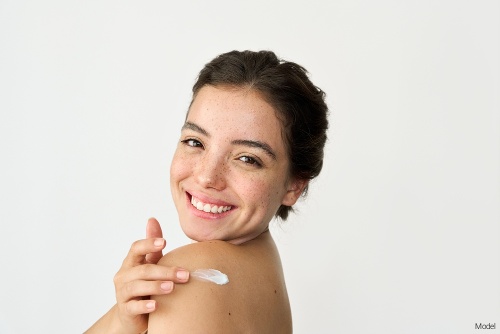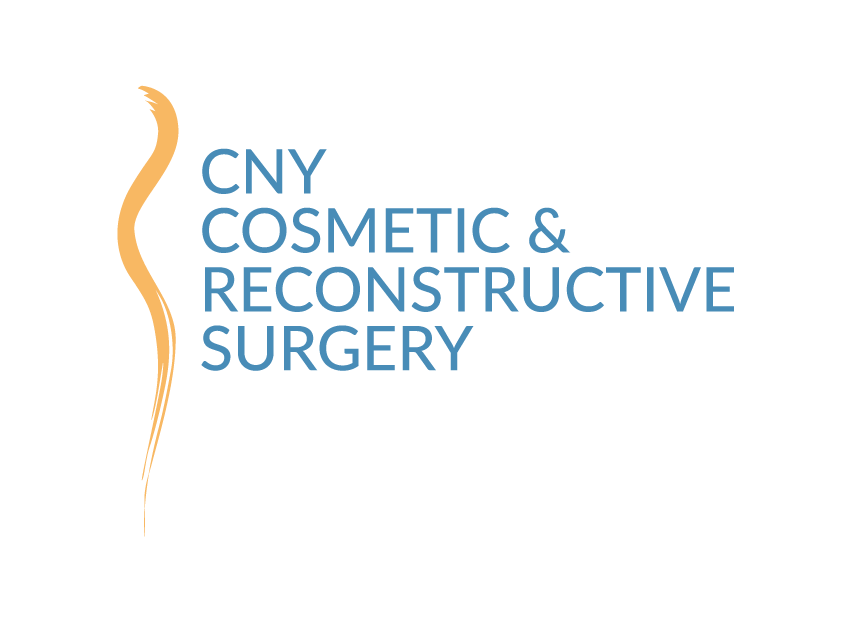
Many of us love spending time outdoors, especially now that the weather is finally starting to warm up. While you might be tempted to step out into the sun without protection, ultraviolet (UV) rays can start to cause sunburn in as little as 11 minutes. May is Skin Cancer Awareness Month, and there’s no better time for a refresher on how to shield your skin against the harmful UV radiation that causes this common cancer.
Causes of skin cancer
More than 90% of skin cancers are caused by unprotected exposure to UV radiation. If you’re not wearing proper protection, UV light will damage the DNA in skin cells. As this damage accumulates, skin damage becomes more visible, and your risk of skin cancer increases. Despite its prevalence, skin cancer is almost always curable if treated in its early stages. Anyone can develop skin cancer, but people with certain features and conditions may naturally be at a higher risk, such as immunocompromised individuals and those with fair skin, freckles or a family history of the disease.
How to reduce your risk
Practicing sun safety is the best way to keep yourself and your skin healthy. Not only can you reduce your risk of skin cancer, but you’ll be protecting yourself against sunburn and early skin aging.
- Always apply a broad-spectrum sunscreen with an SPF factor of 30 or higher
- Avoid unprotected UV exposure from the sun and artificial sources
- Seek shade whenever you can
- Wear sun protective clothing that covers your arms and legs
- Wear a wide-brimmed hat to shade your face, head, ears and neck
- Stay out of the sun between 10 a.m. and 4 p.m.
Warning signs of skin cancer
An easy way to remember the potential signs of melanoma on a new or existing mole is with the ABCDE rule, which stands for:
- Asymmetry — the mole doesn’t have a uniform shape.
- Border — the mole’s borders are irregular and not well-defined.
- Color — the color differs throughout the mole.
- Diameter — the mole is larger than 6mm in diameter.
- Evolution — the mole changes in appearance and shape over time.
If you notice any of the above symptoms, let your doctor know right away.
Ready to level up your sun protection? To learn more, call (315) 545-5452 or request a consultation online.

